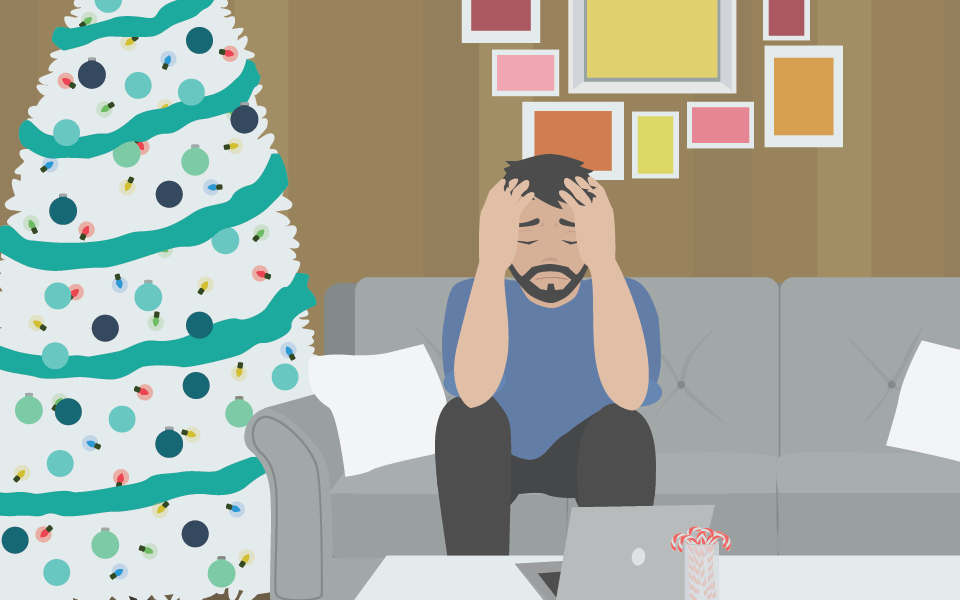As the days grow shorter and the weather gets colder, it’s not uncommon for people to start feeling a little down. For some people, however, these feelings can be much more intense and long-lasting, to the point where they interfere with daily life. This is known as seasonal affective disorder (SAD).
Unfortunately, SAD is a very real phenomenon, and teenagers are especially susceptible to it. While it’s normal for moods to fluctuate during adolescence, SAD can make these already challenging years even harder. If you’re the parent of a teen who seems to be struggling more than usual this time of year, here’s what you need to know about SAD and how you can help your child cope.
What is Seasonal Affective Disorder?
Seasonal affective disorder is a type of depression that occurs at the same time every year, typically in the fall or winter.2 The exact cause of SAD is unknown, but it is believed to be related to changes in sunlight exposure and increased melatonin production during the shorter days of winter. Symptoms of SAD can include:1
· Feeling hopeless or worthless
· Sleeping too much or having difficulty sleeping
· Loss of interest in activities that used to bring pleasure
· Social withdrawal
· Irritability or agitation
· Difficulty concentrating or making decisions
SAD impacts less than 1% of people per year, however, if you have a major depressive disorder or are bipolar, you are at a much higher risk for developing SAD.2 SAD is also four times as common in women than it is in men, and much less common in older individuals.1
How to Help Your Teenager cope with SAD
If you’re concerned that your teenager may be suffering from SAD, there are several things you can do to help them cope. First, encourage them to get outside as much as possible during daylight hours. Even on cloudy days, spending time outdoors can help boost their mood. Some people also partake in light therapy, which is using artificial sunlight from specific lamps to help mimic sunlight for about 30 minutes a day.1 Exercise is also a great way to combat SAD, so encourage your teen to stay active (if they’re not already). Finally, make sure their sleep habits are in check; teens need around 8-10 hours of sleep per night.
If you’re concerned that your teen may be suffering from SAD, there are several things you can do to help them cope, such as encouraging them to get outside and exercise more frequently. If you think your teenager may be dealing with something more serious than just the winter blues, don’t hesitate to reach out to their doctor or a mental health professional for more help.
References
- Seasonal affective disorder. American Family Physician. (2000, March 1). Retrieved November 8, 2022, from https://www.aafp.org/pubs/afp/issues/2000/0301/p1531.html
2. U.S. National Library of Medicine. (n.d.). Seasonal affective disorder: Medlineplus genetics. MedlinePlus. Retrieved November 8, 2022, from https://medlineplus.gov/genetics/condition/seasonal-affective-disorder/#frequency



